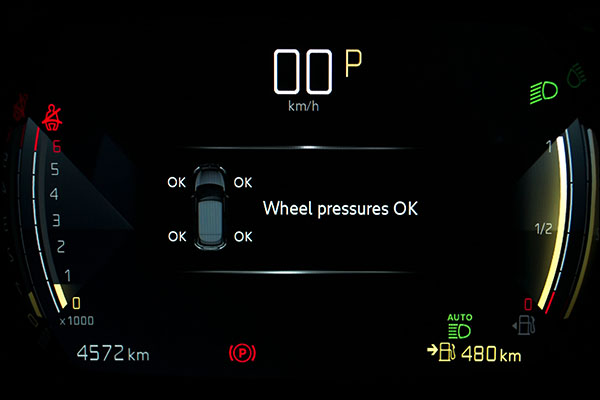
Have you ever noticed a small, illuminated icon resembling a horseshoe with an exclamation point inside on your car's dashboard? This is the Tire Pressure Monitoring System (TPMS) warning light, and it's an essential feature designed to keep you safe on the road. Understanding what this warning light indicates can help you take timely action and maintain optimal tire pressure. Let's delve into the details.
Meaning And Types Of TPMS Lights
The TPMS warning light serves as a visual reminder to check your tire pressure. When it illuminates, it means that one or more of your tires may be underinflated or overinflated. Tire pressure is crucial for proper handling, braking, and fuel efficiency. Incorrect tire pressure can compromise your safety and even lead to tire damage or a blowout.
There are two types of TPMS systems: direct and indirect. Direct TPMS uses sensors mounted inside each tire to monitor the tire pressure and send the information to the vehicle's onboard computer. If the pressure drops below the recommended range, the TPMS warning light will illuminate. Indirect TPMS, on the other hand, relies on the vehicle's anti-lock braking system (ABS) to detect changes in wheel speed and infer tire pressure variations.
What Should I Do When The Light Turns On?
When the TPMS warning light comes on, it's important to take prompt action. Here's what you should do:
- Check your tire pressure: Use a tire pressure gauge to measure the pressure in each tire, including the spare. Refer to your vehicle's owner's manual or the label inside the driver's side door for the recommended pressure.
- Inflate or deflate as needed: If the pressure is too low, add air to the tire until it reaches the proper level. If the pressure is too high, release some air until it reaches the recommended range. Remember to check the pressure when the tires are cold for accurate readings.
- Inspect for damage: While checking the tire pressure, also inspect the tires for any signs of damage, such as cuts, bulges, or excessive wear. If you notice any issues, have the tires inspected by a professional
- Reset the TPMS: After adjusting the tire pressure, some vehicles require a manual reset of the TPMS. Refer to your owner's manual for instructions on how to reset the system.
Proper maintenance of your wheels ensures that the TPMS light won't come on. That's why we invite you to our shop - Lorentz Automotive!